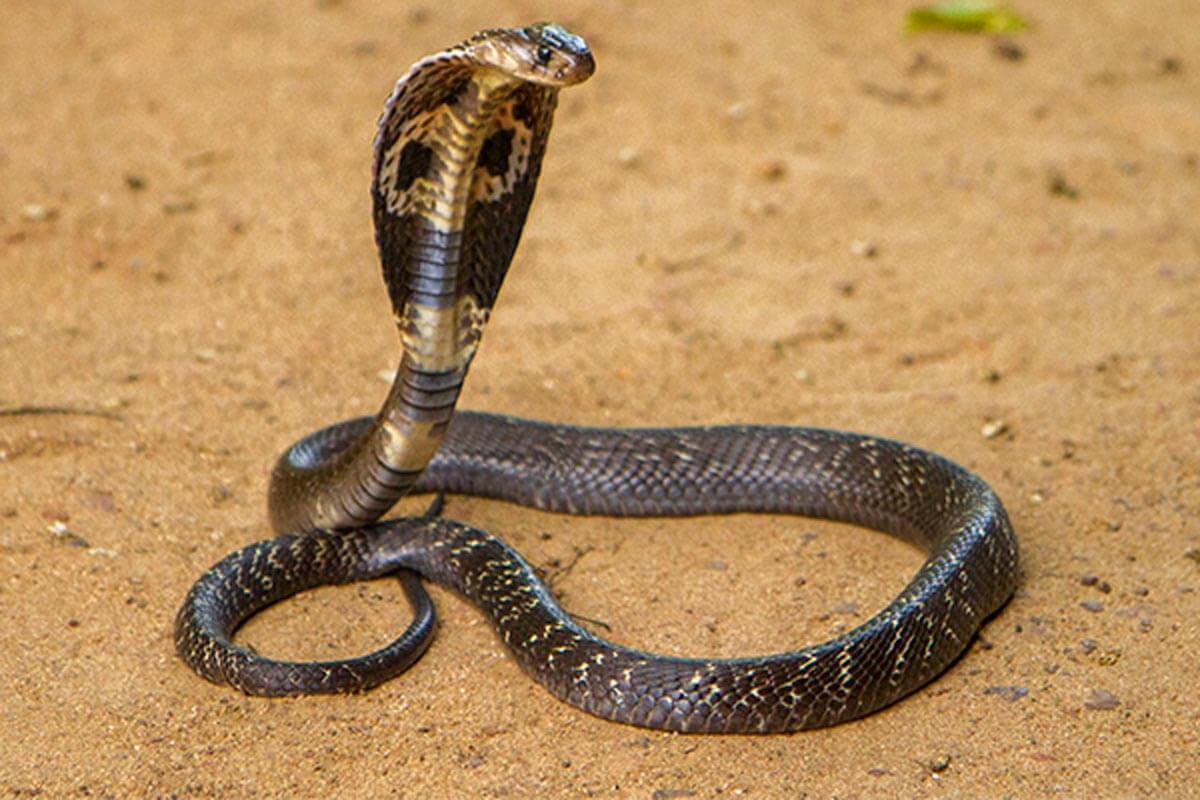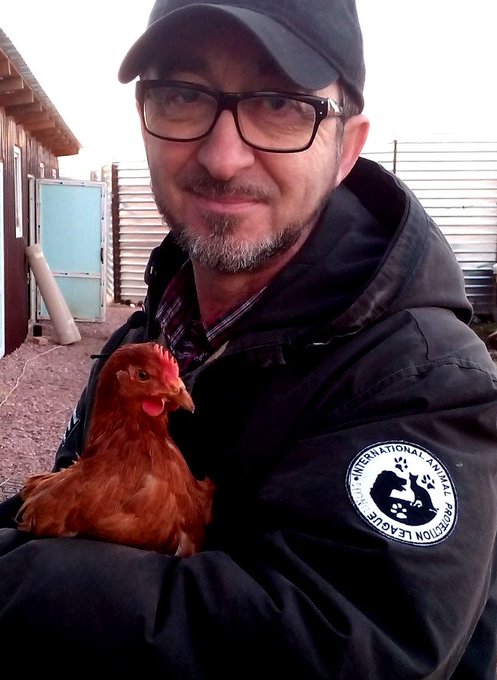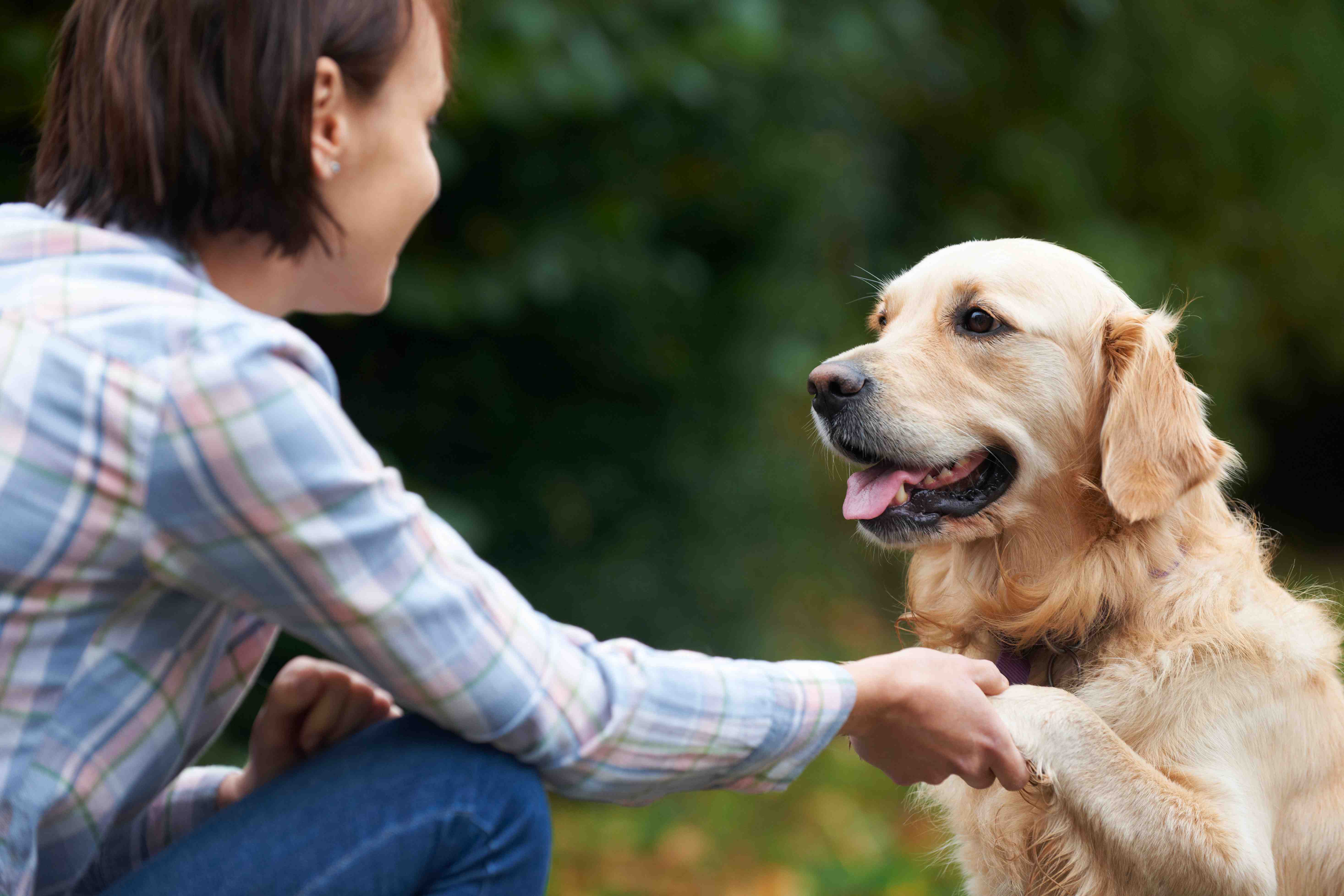Thursday, March 31, 2022
March 30/2022
Saturday, March 26, 2022
March 23/2022

Wednesday, March 16, 2022
March 16/2022
Affection from a dog really is medicinal, according to a new study
"(CNN) Dogs may also be a doctor's best friend.
For patients suffering from pain in the emergency room, just 10 minutes with a 4-legged friend may help reduce pain, according to a study...
The results support what dog lovers everywhere have long suspected -- canine affection cures all ills -- as well as provides a bit of optimism for patients & health care providers frequently grappling with strapped hospital resources in the midst of the Covid-19 pandemic.
'There is research showing that pets are an important part of our health in different ways. They motivate us, they get us up, (give us) routines, the human-animal bond,' said lead study author Colleen Dell, the research chair in One Health & Wellness & professor at the University of Saskatchewan.
The study, published in the journal PLOS One, asked more than 200 patients in the emergency room to report their level of pain on a scale from 1 to 10 (with 10 as the highest level of pain). A control group had no intervention for their pain, while participants in the other group were given 10 minutes of time with a therapy dog, & patients rated their pain levels again, according to the study.
Those who got the visit from the dogs reported less pain.
The study has a strong methodology, said Jessica Chubak, senior investigator with the Kaiser Permanente Washington Health Research Institute. Chubak, who was not involved with the study, noted that there is still a lot to learn about therapy dogs.
'The results of the study are promising,' she said in an email. 'Our current understanding of the effects of therapy dog visits in emergency department settings is fairly limited. So, it is particularly important to have more research in this area.'
Dell hopes that research like this study means we can stop asking if therapy dogs are helpful in a medical context & start asking how they help & how to integrate them better with health care teams.
In the hospital
The emergency room experience might actually contribute to patients' pain.
The bright lights, long waits, anxiety & focus on immediate, acute conditions can make the feeling worse, said Erin Beckwell, a dog owner who has experienced chronic pain for much of her life.
'It's not a place that you usually get escorted to a comfy room that's quiet & gives us any sort of specific interventions,' she said. 'It's often suggestions of things you've already tried, & then they send you home after a long time of distressing & anxiety-provoking, pain-filled waiting.
'You may not come out feeling like you were even really heard.'
Some people have a misperception that utilizing therapy dogs can transmit disease & risk hygiene in a hospital setting, but Dell said there are ways health care providers can utilize them in sanitary ways to make the whole system operate better.
Mike MacFadden, a nurse practitioner based in Canada, said he sees a lot of potential in incorporating therapy dogs as part of a holistic approach to pain treatment in the emergency room, & that it could help everyone involved.

/how-smart-are-pigs-5119260-11-0b7f039c4599412db0b18692da7aa2f2.jpg)


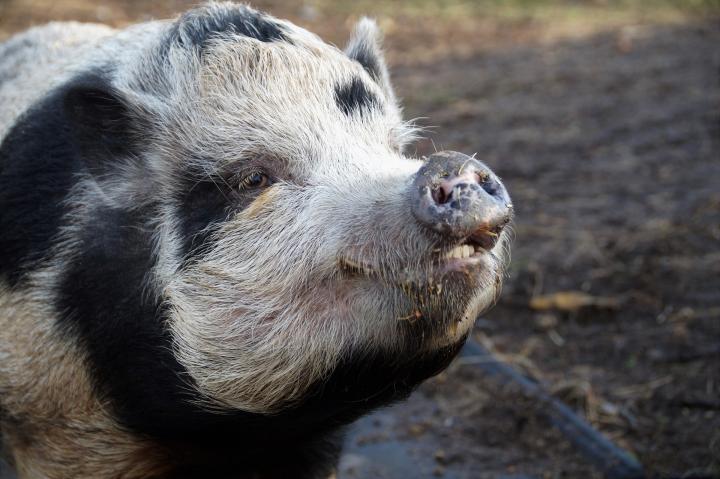


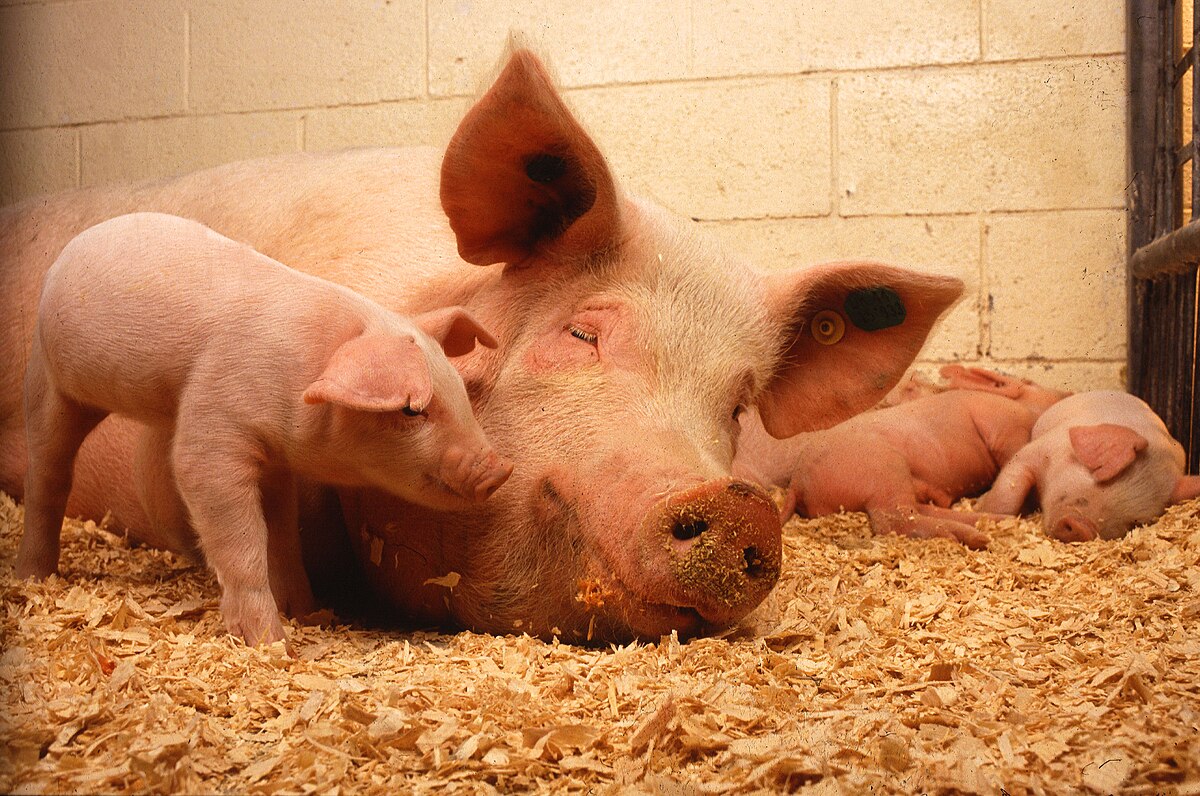



.jpg)




